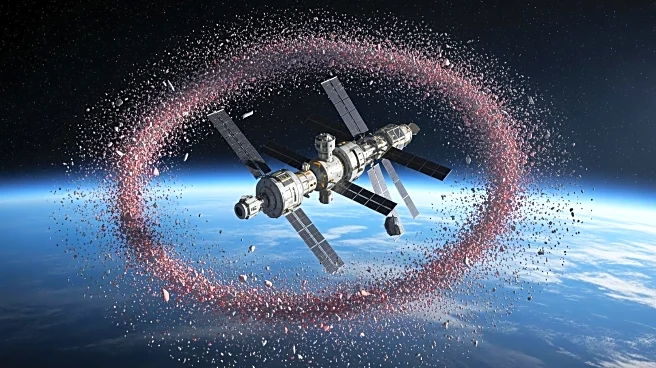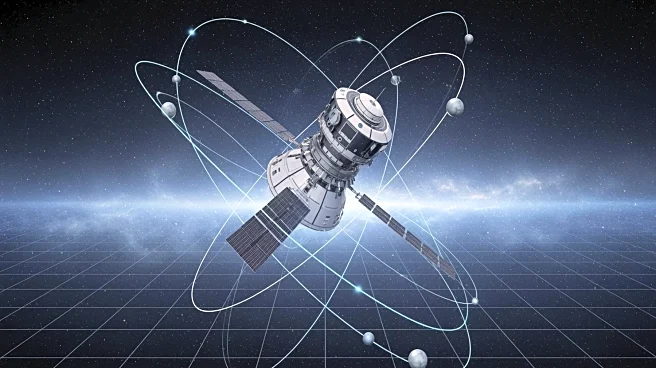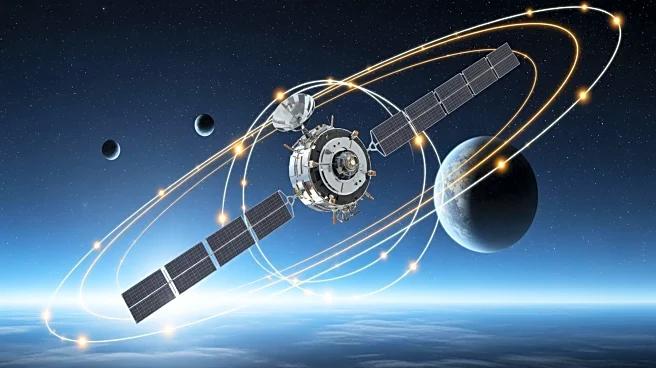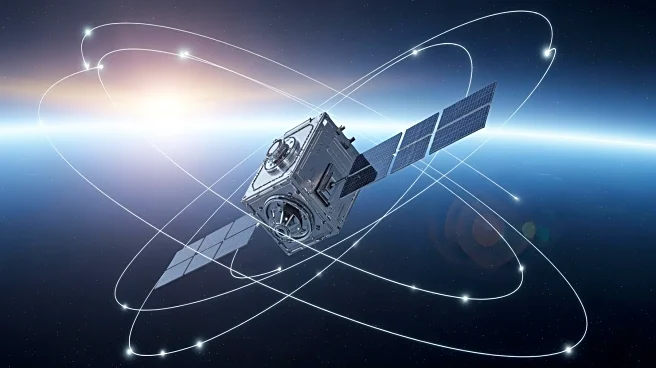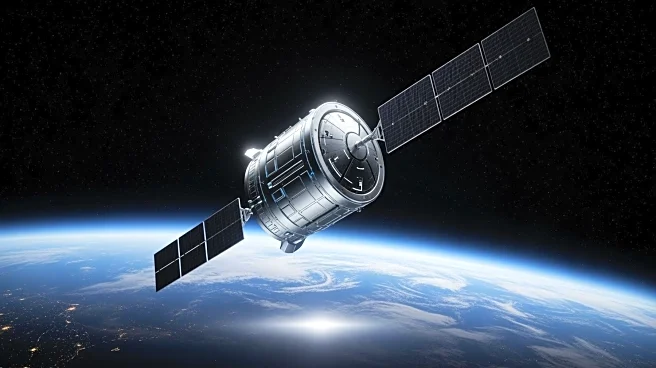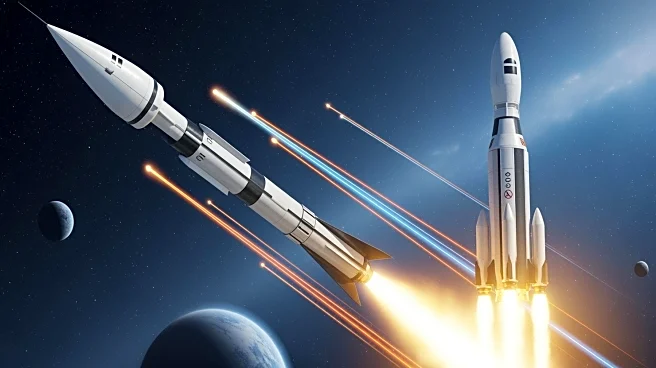What's Happening?
Recent research indicates that climate change is affecting the management of space debris in Earth's orbit. Rising greenhouse gas emissions are thinning the upper atmosphere, reducing its density and weakening
the natural drag that helps remove space debris. This change allows old satellites and fragments to remain in orbit longer, increasing the risk of collisions. The Massachusetts Institute of Technology (MIT) has modeled the impact of reduced atmospheric drag, predicting that some orbital regions may only safely host 66% of the satellites they can today by the end of the century. This situation is exacerbated by the planned launch of megaconstellations like SpaceX's Starlink, which will add thousands of satellites to already crowded orbits.
Why It's Important?
The thinning of the upper atmosphere due to climate change poses significant challenges for space operations and satellite management. As the natural mechanism for clearing space debris weakens, the risk of collisions increases, potentially affecting communication, navigation, and Earth observation services. This development highlights the interconnectedness of climate change and space infrastructure, emphasizing the need for coordinated efforts to manage both emissions and orbital traffic. The growing risk of space debris underscores the importance of sustainable practices in satellite launches and emissions reduction.
What's Next?
To address the challenges posed by thinning atmospheric drag, stakeholders in the space industry may need to implement stricter regulations on satellite launches and explore innovative debris management solutions. Collaboration between governments, space agencies, and private companies will be crucial in developing strategies to mitigate the impact of space debris. As the demand for satellite services grows, the industry must balance expansion with sustainability to ensure safe and reliable space operations.
Beyond the Headlines
The link between climate change and space debris management highlights the broader implications of environmental changes on technological infrastructure. As the effects of climate change extend beyond Earth's surface, it becomes increasingly important to consider the environmental impact of space activities. This situation calls for a reevaluation of how climate policies and space operations intersect, promoting a holistic approach to sustainability.
